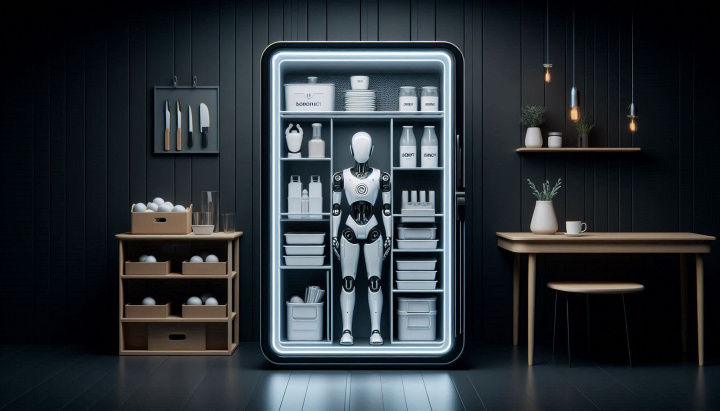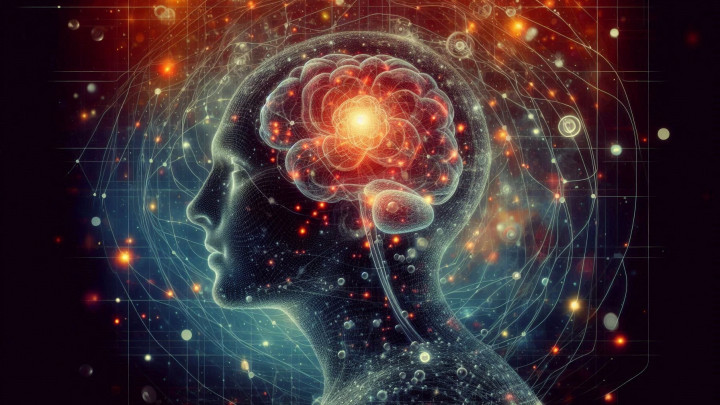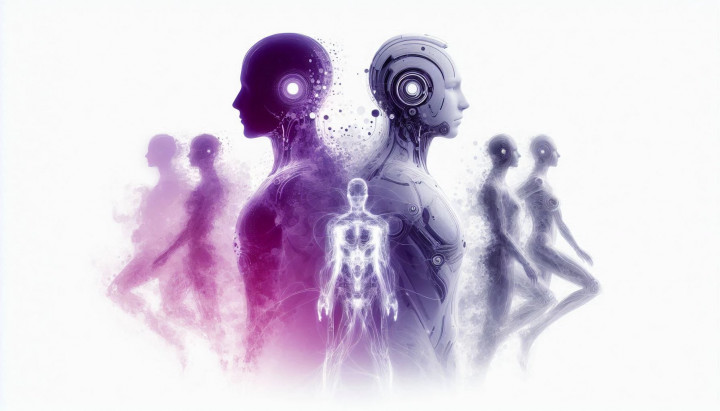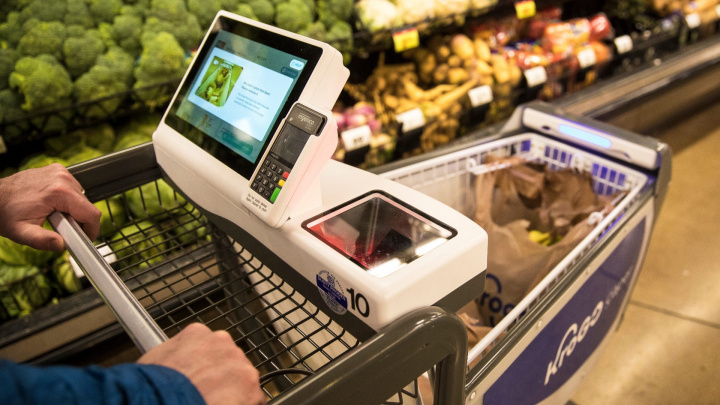The Convergence of AI and Robotics: Paving the Way for Autonomous Household Robots
Recent rapid advancements in artificial intelligence (AI), coupled with steady progress in robotics hardware, sensors, and actuation, are fueling speculation and significant investment in the development of general-purpose humanoid robots. While visions of personal robots assisting in daily life have long been staples of science fiction, the convergence of these technologies is making the prospect more tangible than ever. Companies like Boston Dynamics and Tesla are showcasing increasingly sophisticated prototypes, suggesting that robots capable of performing diverse tasks in human environments might transition from labs to homes within the foreseeable future, though realistic timelines remain debated. This progress, particularly visible in AI's ability to understand language and interpret complex scenes, is shifting public perception and lowering skepticism about the feasibility of capable autonomous systems operating alongside us.

In an era where we can converse with AI programs almost indistinguishable from humans based on text responses alone, or generate photorealistic images and art using AI tools surpassing the abilities of many trained humans, the idea of humanoid robots becoming part of our daily lives no longer seems entirely confined to fiction. These AI breakthroughs provide the "brains" and perceptual capabilities that were previously major bottlenecks for robots operating in complex, unstructured environments like homes.
Robotics is a rapidly evolving field where new technologies and research continuously create new possibilities and categories. The lines between different types of robots are becoming increasingly blurred as advanced systems acquire more complex and adaptive capabilities. However, it's crucial to understand a fundamental distinction, not just based on appearance or function, but on their core operational principles.
We can broadly classify robots based on a critical aspect: whether they execute a predefined sequence of instructions (programmed robots) or can learn and perform tasks autonomously using artificial intelligence (autonomous robots).
-
Programmed Robots: These robots operate based on predetermined instructions or scripts. They lack independent decision-making or adaptive learning capabilities. They are commonly used for repetitive, routine tasks, such as in car manufacturing assembly lines. Their operations are pre-programmed and typically do not require human intervention during execution, operating within highly structured environments.
-
Autonomous Robots: These robots possess the ability to learn, adapt, and make independent decisions in dynamic environments. They often utilize artificial intelligence (AI), machine learning (ML), advanced sensors (like cameras, LiDAR, force sensors), and sophisticated algorithms to perceive their surroundings, navigate complexity, and interact effectively. Autonomous robots are finding applications in areas like exploration (e.g., planetary rovers), logistics, search and rescue, healthcare assistance, and potentially as personal assistant robots.
It is the second group, autonomous robots, that currently captures the public imagination and drives significant research and development. The availability of immense computational power and data storage, combined with breakthroughs in algorithms (particularly deep learning and reinforcement learning), has made the development of robots capable of navigating and performing tasks in human environments, often envisioned in a humanoid form factor, seem achievable. The humanoid form is often pursued because our world – homes, tools, infrastructure – is designed for humans, potentially making it easier for a similarly shaped robot to interact with it.
It's vital to understand that autonomous robots should not be envisioned as sentient, conscious beings in the human sense. They are sophisticated machines capable of learning and executing complex tasks independently. While they might look and act human-like, whether they will ever achieve self-awareness or understand their own existence remains a profound philosophical and scientific question. However, consciousness is not a prerequisite for them to become useful assistants (or, potentially, adversaries).
Humanity has long pursued the creation of such machines. The history of autonomous robots is marked by significant milestones intertwined with the progress of AI and robotics technology:
-
1960s: Shakey the robot, created at the Stanford Research Institute (SRI), is often cited as the first truly mobile autonomous robot. It could perceive its environment, navigate, make decisions, and solve simple problems.
-
1970s-1980s: This period saw significant advancements in sensors, computer vision, and motion control, enabling robots to perform increasingly complex tasks, primarily in research settings.
-
1990s: Autonomous robots began expanding into specific industrial and research applications. NASA's Mars Pathfinder mission featured the Sojourner rover, a landmark achievement demonstrating autonomous mobility on another planet.
-
2000s-2010s: Autonomous systems became more integrated into daily life and industry. Examples include robotic vacuum cleaners (like Roomba), automated warehouse systems (e.g., Kiva Systems, later Amazon Robotics), and significant progress in autonomous vehicle technology.
As this history shows, progress has been continuous, though often incremental and not always visible to the general public. However, the current pace appears to be accelerating dramatically. Driven by the synergy between AI and robotics, autonomous systems are becoming increasingly sophisticated. While significant challenges remain – including robust energy sources, ensuring safety around humans, achieving reliable fine motor skills, developing common-sense reasoning, reducing costs, and addressing profound ethical and societal questions – the potential for autonomous robots to perform complex tasks across healthcare, logistics, services, and eventually homes, seems closer than ever. The ongoing evolution of AI and machine learning promises to enable even more complex and adaptive robotic capabilities in the future.





